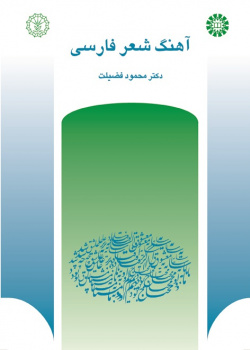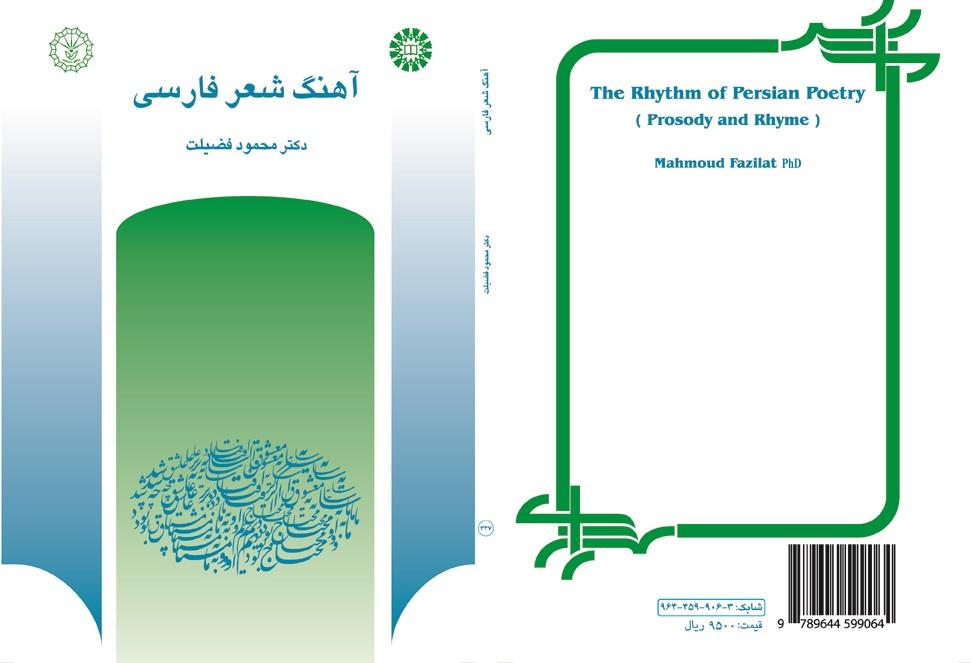

The Rhythm of Persian Poetry(Prosody and Rhyme)
The variety of forms, the breadth of the subject, and the evolution of the language of poetry require careful, thorough, and phonological studies. In addition, reflection on the transformation of the Persian language through history and the subsequent linguistic elements of rhythm opens many knots of the rhythm of poetry in a scientific way. Each language has its own phonetic characteristics and it is not possible to generalize the phonetic rules of one language to other languages at once and without considering. The origin of some of the ambiguities in the field of poetry, especially in ancient books, is the disregard for this linguistic principle, which in this book refers to matters related to the rhythm and rhyme of poetry. The book The Rhythm of Persian Poetry mainly deals with the topics related to the external music of the poem and discusses the issues related to the two sciences of “prosody” and “rhyme” in Persian poetry. The book has three chapters: the first chapter deals with generalities about rhythm, syllables, it is dedicated to the pillars (Arkan), fractions (Taghtei) and changes (Zahafat) in prosody. In the second chapter, common Persian rhythms are described based on the theoretical issues of the first chapter with examples and evidence. In the third chapter, the topics related to prosody, including rhyming letters and syllables, rhyme limits and rhyme critique, types and types of prosody are examined and useful evidence is presented in each of the topics. One of the advantages of this book is that each topic is accompanied by a self-test and practice.





